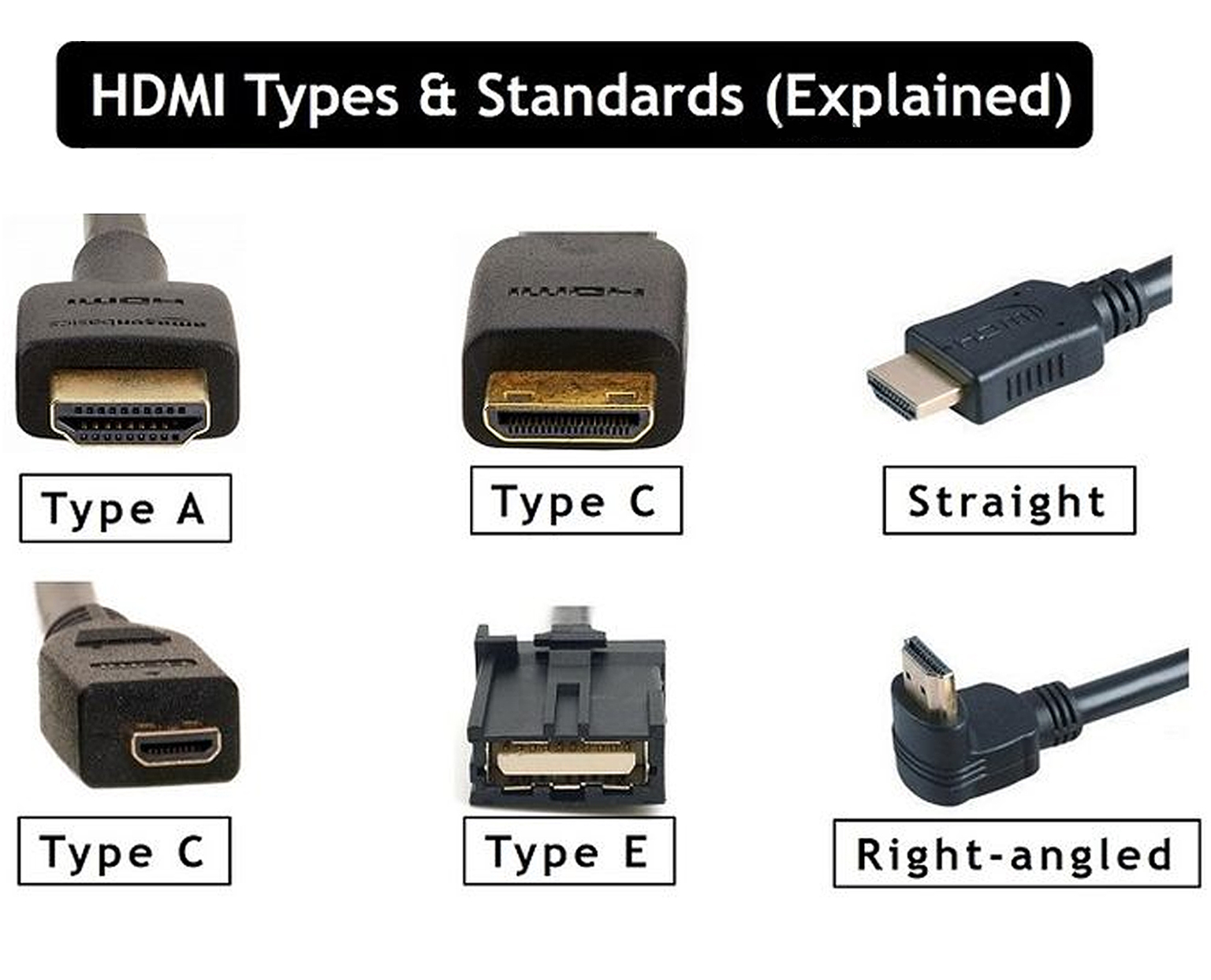Our Location
304 North Cardinal St.
Dorchester Center, MA 02124

In our increasingly digital world, connecting devices seamlessly is more important than ever. Whether you’re setting up a home theater, connecting a laptop to a monitor, or sharing content from your smartphone on a larger screen, HDMI (High-Definition Multimedia Interface) adapters play a crucial role. These adapters allow you to bridge the gap between devices with different ports, ensuring that you can enjoy high-quality audio and video without any hassle. In this blog post, we’ll dive into the world of HDMI adapters, exploring their types, uses, benefits, and tips for choosing the right one.

An HDMI adapter is a device that allows you to connect an HDMI cable to a device with a different type of port. HDMI has become the standard interface for transmitting high-definition video and audio between devices, but not all gadgets come equipped with an HDMI port. This is where HDMI adapters come in—they provide the necessary connection between HDMI-compatible devices and those with other types of ports, such as USB, DisplayPort, VGA, or DVI.


As technology continues to evolve, HDMI adapters remain a vital tool for bridging the gap between different generations of devices. Whether you’re a professional, a student, a gamer, or someone who enjoys home entertainment, having the right HDMI adapter can make all the difference in your setup. By understanding the types and uses of HDMI adapters, you can ensure that you’re always prepared to connect your devices, no matter the situation.

HDMI adapters are essential tools in today’s digital landscape, offering the flexibility and compatibility needed to connect a wide range of devices. From presentations and home theaters to gaming and mobile content sharing, these adapters ensure that you can make the most of your technology, regardless of the ports available on your devices. So the next time you find yourself needing to connect a device with a different type of port, reach for an HDMI adapter and enjoy seamless, high-quality audio and video transmission.